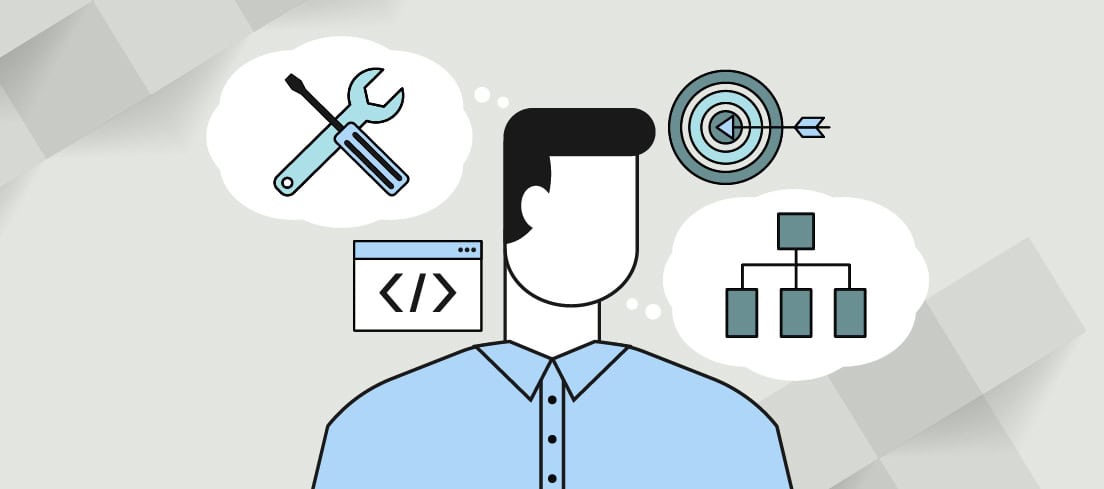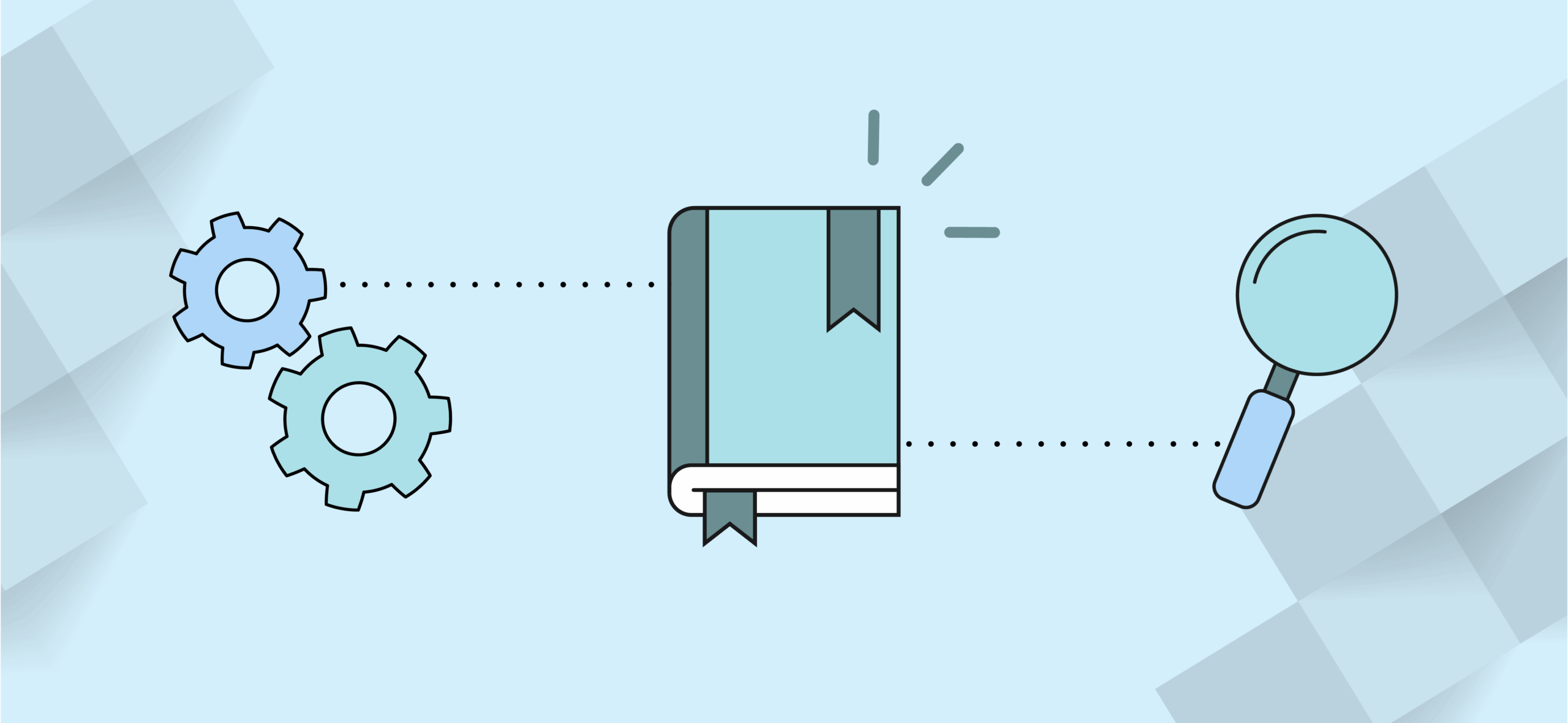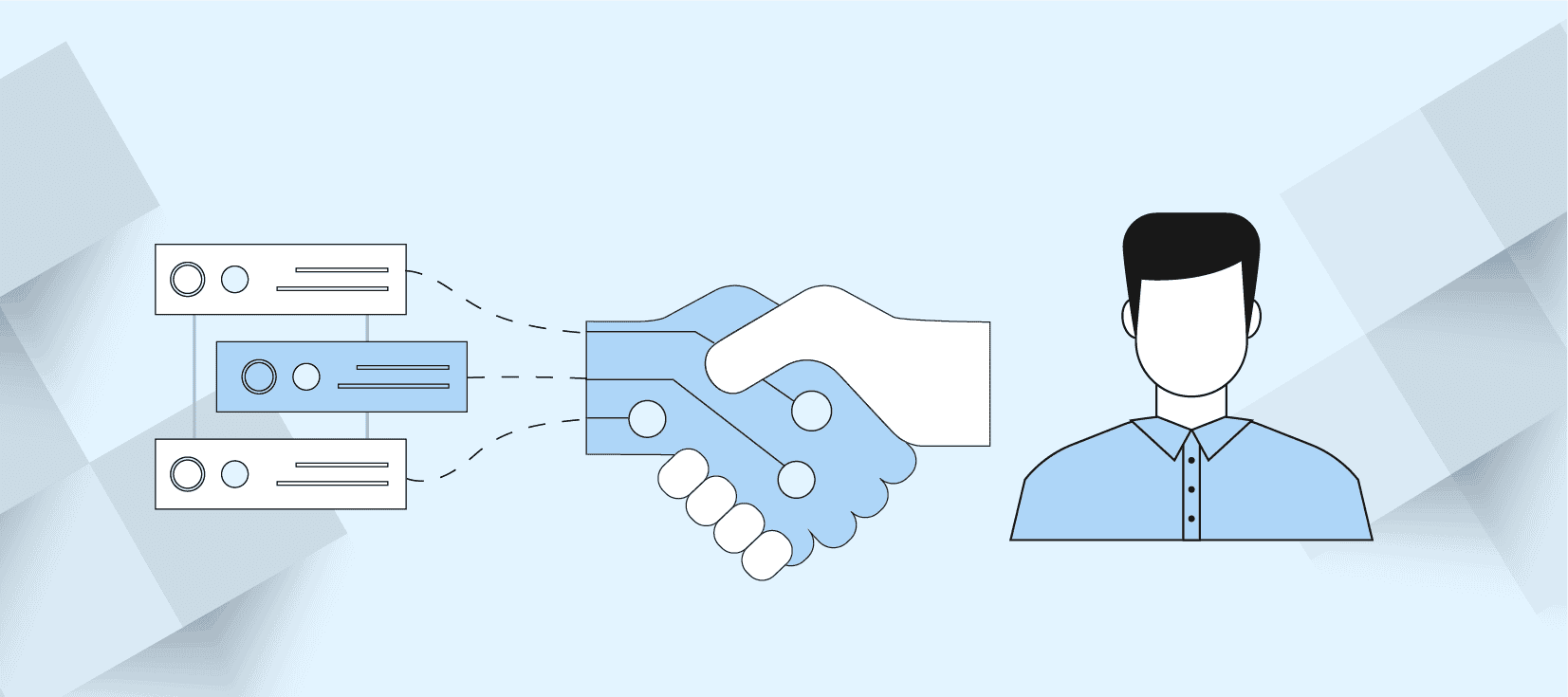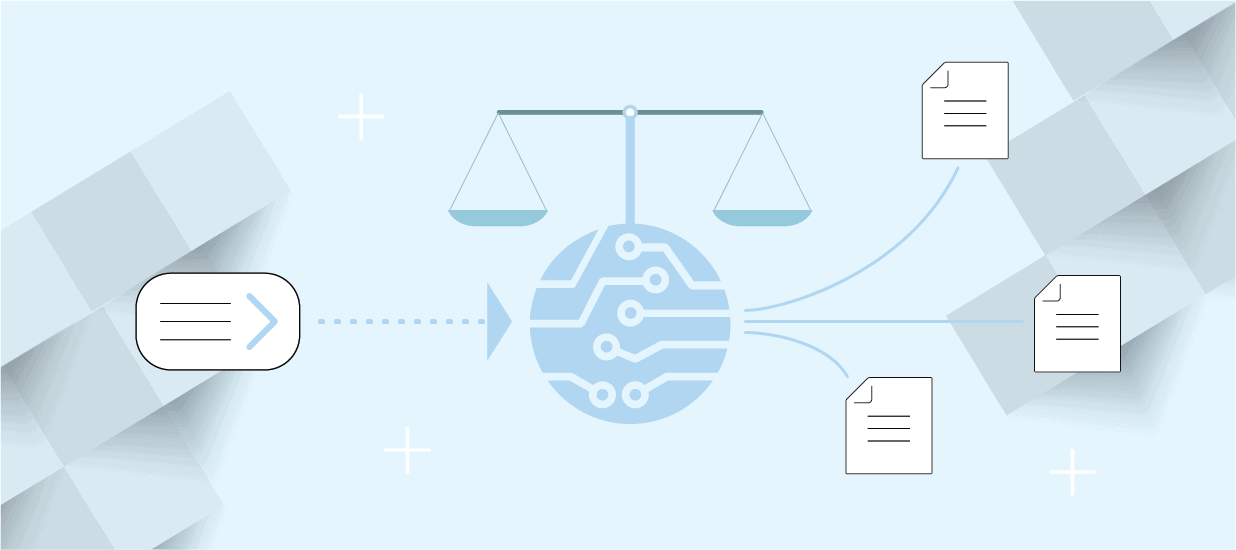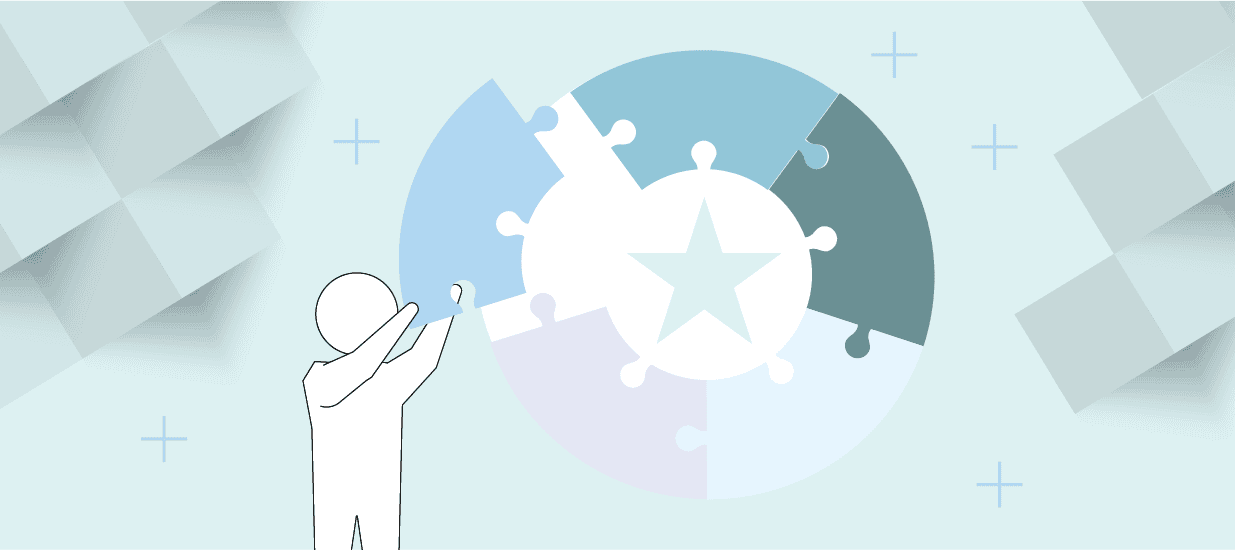6 Ways to Find Competitor Pricing
The formula for value-based pricing is simple. Your buyer’s willingness to pay is equal to the competitor’s price plus positive differentiation value minus negative differentiation value. In other words, whatever your competitor is charging plus how much the buyer values what you do better, minus how much the buyer values what your competitor does better. Simple formula, but not so simple to implement.
One question that often comes up when teaching this is: What if I don’t know my competitor’s price? Seems important, since it’s the beginning of the formula we just discussed.
There is no magic bullet, but here are several ideas to think about.
List price. You may not know how much your competitor discounts, but if you can find their list price it can be helpful. You probably want to set your list price relative to theirs (plus or minus the value difference). Then assume they are offering industry-standard discounts.
GSA. If your competitor sells to the government, their prices are likely on the GSA price list. Although I’ve never used this, I’ve heard you can find some fantastic information here.
Freedom of Information Act (FOIA) requests. Often, after a government bid is over, you can get access to the bids using FOIA requests. This could be time-consuming, but it may be worth it.
Partners. If you use a sales channel or other types of subcontractors who also partner with your competitors, they likely have the information you seek. They may not share it with you, but it doesn’t hurt to ask.
Salespeople. Your salespeople will tell you what they hear in an account. Often, they will learn how much the competitor is charging. Be very careful here. Ask sales where the information came from. If the information came from a buyer’s procurement agent, they are likely telling you your competitor’s price is lower than it really is. However, if the price came from an engineer or a user that’s part of the decision process, you can probably trust it.
Build a database. Consider creating your own competitor price database. Every time you hear a price, enter it into the database. Log who gave it to you and the original source of the information. Over time, you may create a pretty clear picture of your competitor’s prices and maybe even their pricing strategy.
What other ideas or techniques do you use? Please share with us, the community.
Author
-

Mark Stiving, a renowned Author, Speaker, and Pricing Expert with 41 years of experience, has made impactful contributions at various companies, including ONEAC, Advantest, LTX Corporation, Pragmatic Institute, and Impact Pricing. Widely recognized for his expertise in uncovering hidden value and maximizing profits, Mark has become a sought-after figure in the industry. For questions or inquiries, please contact [email protected].
View all posts


